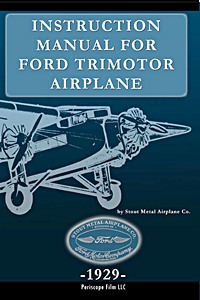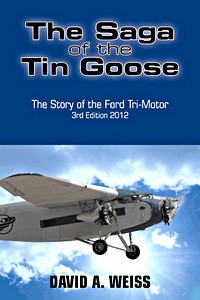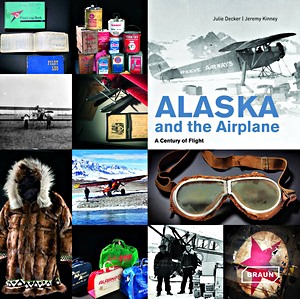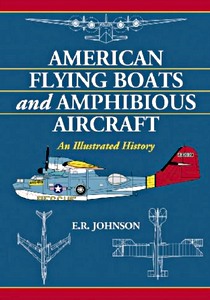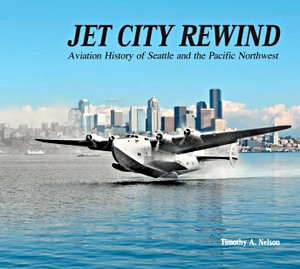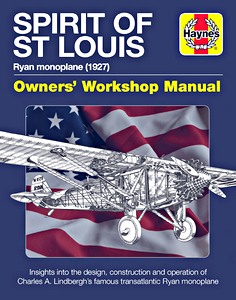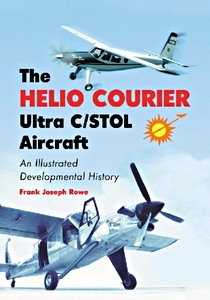The Ford Tri-motor, 1926-1992
Durante las décadas de 1920 y 1930, muchas personas en Estados Unidos realizaron su primer vuelo en un Ford Tri-Motor, un avión que aún hoy se considera un ejemplo destacado de ingeniería y organización industrial.
Ford aplicó un método de producción basado en una cadena de montaje modificada a un diseño que se mejoraba de forma continua, apoyado en campañas publicitarias centradas en la seguridad. En una época en la que la fiabilidad era fundamental, esto dio a Ford una clara ventaja sobre sus competidores.
La estructura totalmente metálica, muy destacada en la publicidad de finales de los años veinte, demostró posteriormente su valor. Como los aviones de esa época tenían una vida útil corta, la afirmación de Ford en 1929 de que "ningún avión Ford se ha desgastado en servicio" resultaba notable y creíble.
Este libro ilustrado del historiador de la aviación William T. Larkins es la obra más completa sobre el Ford Tri-Motor. Incluye información sobre diseño y construcción, designaciones de modelos, índices cruzados de matrículas estadounidenses y extranjeras, un índice de Tri-Motors militares, resúmenes de accidentes y listas de empleados de la fábrica Ford y de pilotos del Tri-Motor.
Detalle del libro
| Autor: | William T. Larkins |
|---|---|
| Presentación: | 320 páginas, 28 x 21.5 x 3.2 cm, tapa dura |
| Ilustración: | más de 520 fotos en b/n |
| Editorial: | Schiffer Publishing Ltd (USA, 2004) |
| ISBN: | 9780887404160 |
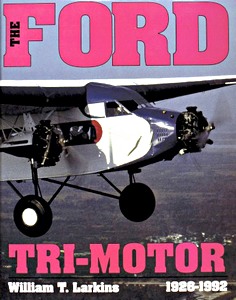
The Ford Tri-motor, 1926-1992
Idioma: Inglés
Disponible en Amazon - pago segura y entrega rápido
Comprar en Amazon ESComprar en Amazon.com

